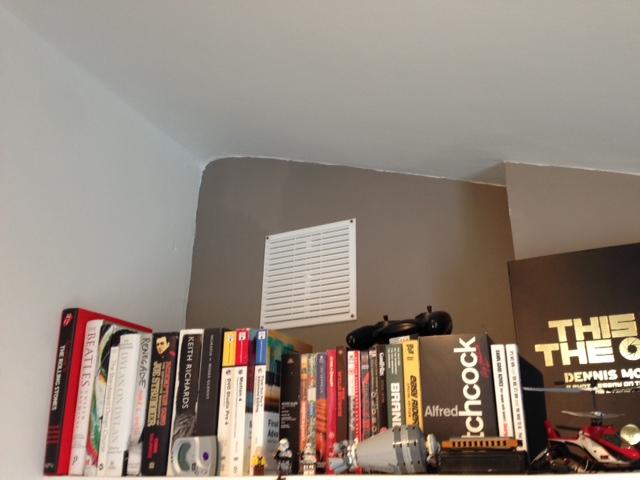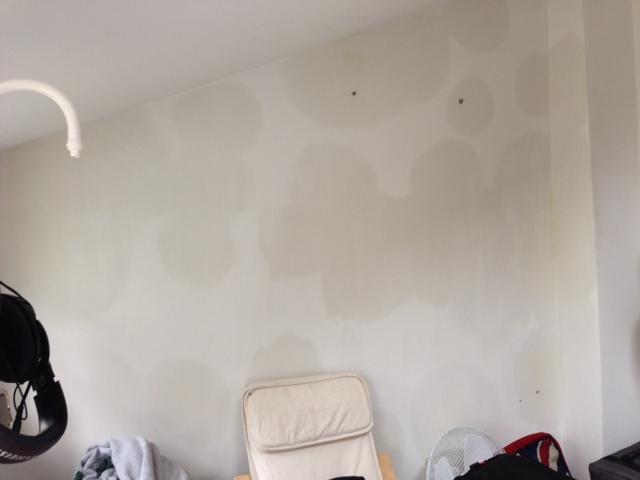Hi all
I have a problem with an outside office that was newly built in Feb this year. When we have cold weather 'cold damp' spots appear on the plaster with salt coming through as well. I have reseacrhed this until I am blue in the face and can not find a fix. My builder has been round to look at it and he put in some airbricks which seem to have got the damp inside under control. This gets worse when it gets colder
any ideas as to what is happening ??
cheers
[/img]
I have a problem with an outside office that was newly built in Feb this year. When we have cold weather 'cold damp' spots appear on the plaster with salt coming through as well. I have reseacrhed this until I am blue in the face and can not find a fix. My builder has been round to look at it and he put in some airbricks which seem to have got the damp inside under control. This gets worse when it gets colder
any ideas as to what is happening ??
cheers
[/img]





